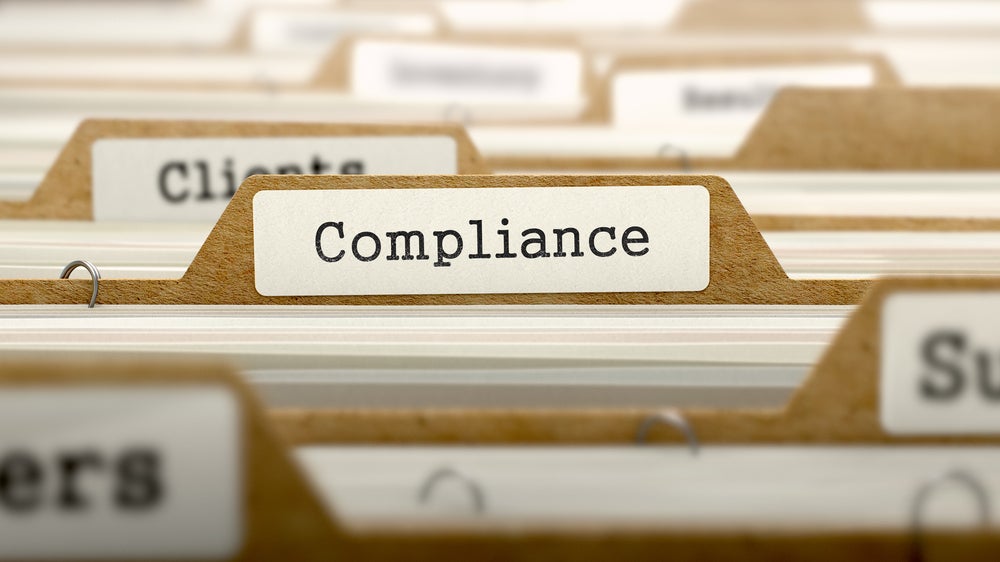The B2B payments market is accelerating, with global non-cash transaction volume expected to grow by 10.8% in this year alone.
While automation is being leveraged across multiple industries, payment processors are lagging in the AI race. 77% still rely on some form of spreadsheet tool, as well as lengthy, manual processes for reconciliation.
Economists are calling this a ‘diseconomy of scale,’ where growth has become a burden, rather than a benefit. As the drive towards a cashless society surges, the cost and opportunity of payment processing is in the spotlight.
For firms to ride the growth wave and avoid drowning under the weight of escalating operational costs, automated reconciliation is no longer an option but rather, a necessity.
The challenge of manual processing
Manual reconciliation processes were not designed to handle today’s scale or speed. Errors, compliance risks and hidden operational costs are increasing, and firms are struggling to keep their head above water.
Despite revenue increasing, escalating costs of processing payments manually are outpacing these financial gains. Each new customer, each additional payment channel, and each extra transaction adds disproportionate operational burden – rather than a profit opportunity.

US Tariffs are shifting - will you react or anticipate?
Don’t let policy changes catch you off guard. Stay proactive with real-time data and expert analysis.
By GlobalDataThis mismatch has been amplified by shifts in market expectations. Open Banking regulations and the development of real-time payment services have altered the payments environment. Consumers now expect instant processing, immediate reconciliation, and seamless digital experiences. Legacy systems simply cannot meet these expectations.
While the payment ecosystem has evolved to operate at digital speed, the back-office operations that ensure accuracy and compliance are still running on old-school processes creating an infrastructure crisis that is halting growth.
The hidden infrastructure crisis
The payments landscape heavily relies on outdated legacy systems, often incompatible with newer technology and processes. On average, firms are dealing with more than 11 disparate data sources including bank accounts, mobile payments and payment processors.
While outdated processes become harder to integrate with new technology, 90% of organisations deem manual spreadsheets as integral to financial operations – despite automated reconciliation solutions being readily available. It’s clear that payment firms haven’t yet embraced innovation.
This makes every expansion more expensive and operationally risky than the last. Businesses require standardised payment data processing, yet they often operate with fragmented infrastructures across different systems.
As a result, hidden costs across compliance failures, error rates and the drain on human capital begin to multiply.
Automated reconciliation processes can plug this gap and ensure data is consolidated in real-time, eliminating the costly inefficiencies and compliance risk of managing multiple systems.
Turning compliance into competitive edge
39% of organisations claim data management is their steepest reporting challenge. As firms grapple with wide-scale fragmentation across workflows, ensuring accurate and reliable reporting can become overwhelming, costly and often, not feasible.
To add to the issue, 75% believe that a tighter regulatory environment in the next two years will bring further challenges. Organisations will soon face increased scrutiny on their reporting practices, making automated reconciliation systems more critical than ever.
The Financial Conduct Authority (FCA) is developing safeguarding consultation guidelines, which are expected to align with the FCA’s current Client Asset Sourcebook (CASS) regulation in which firms must protect client funds in case of business failure.
The new rules will bring payment and crypto firms under scope for the first time, including monthly reporting, as well as daily checks to ensure the correct amount of money is being safeguarded and consumers are better protected.
Implementing automated reconciliation processes now will allow payment firms to manage their data effectively, preparing them for tightening regulations. Automation not only makes compliance easier, but it can also ensure audit trails are available when the regulators come knocking.
New regulation is imminent with the deadline of 7 May 2026 now set for payment firms to comply. Payment firms that act now will secure the competitive advantage needed to dominate.
The challenge ahead
As transaction numbers spiral, data increases and regulatory obligations grow, payments firms are under increased pressure to automate.
Companies that address fragmented workflows and infrastructure limitations can overtake competitors, establishing long-term competitive advantages.
The firms embracing automation today aren’t just reducing costs, they’re building the infrastructure to capture tomorrow’s opportunities.
Nick Botha is Global Payments Lead, AutoRek









